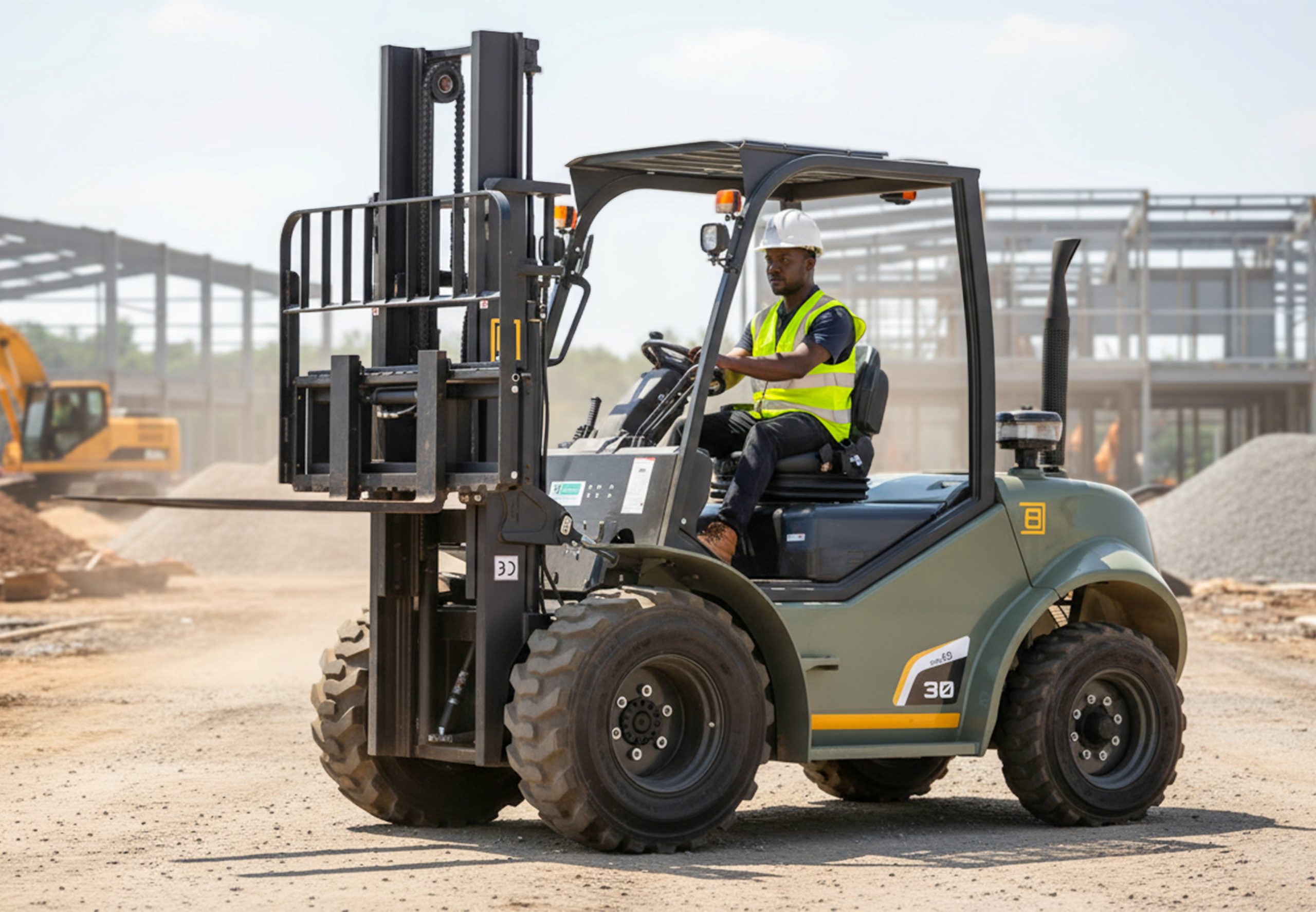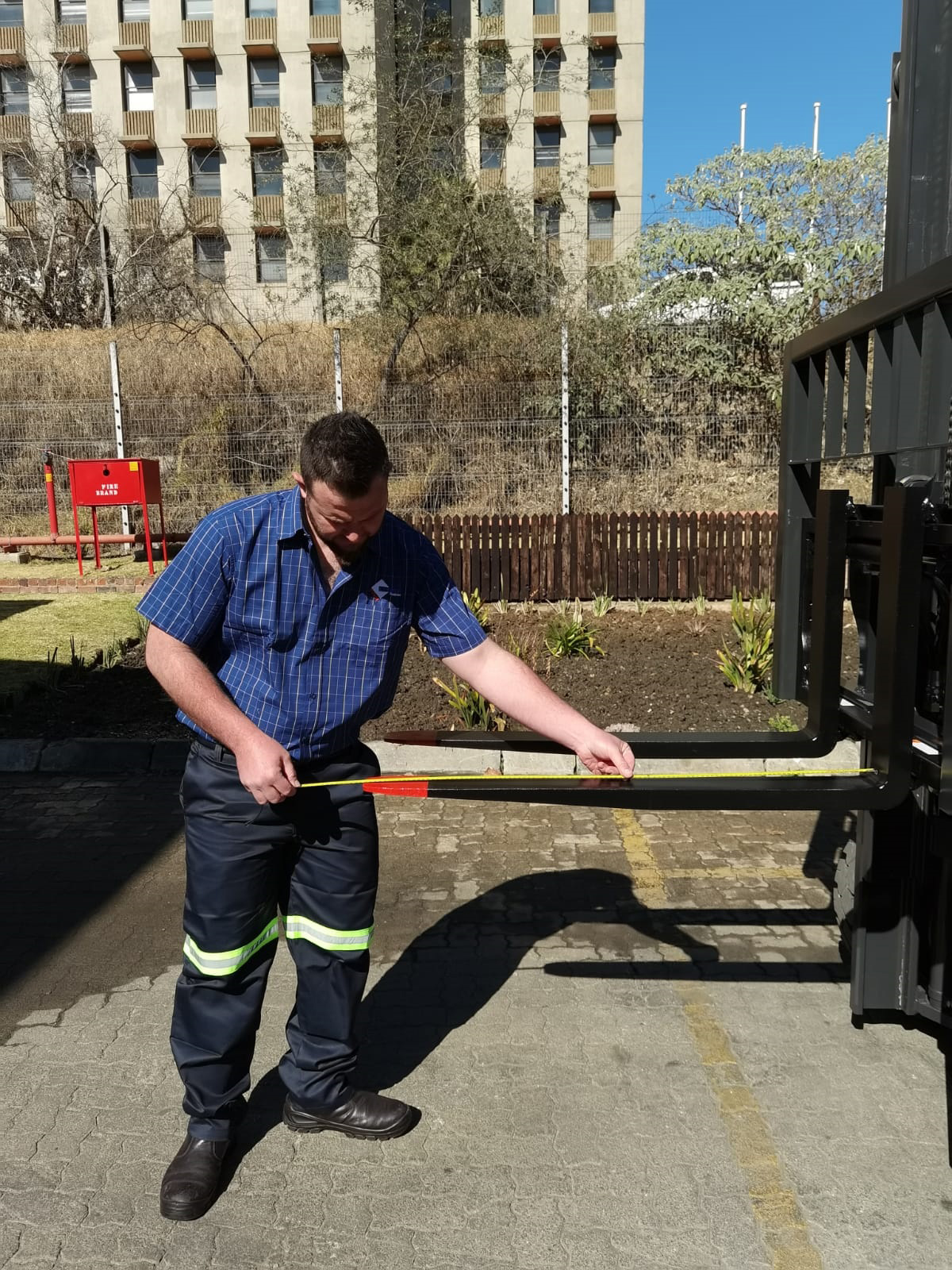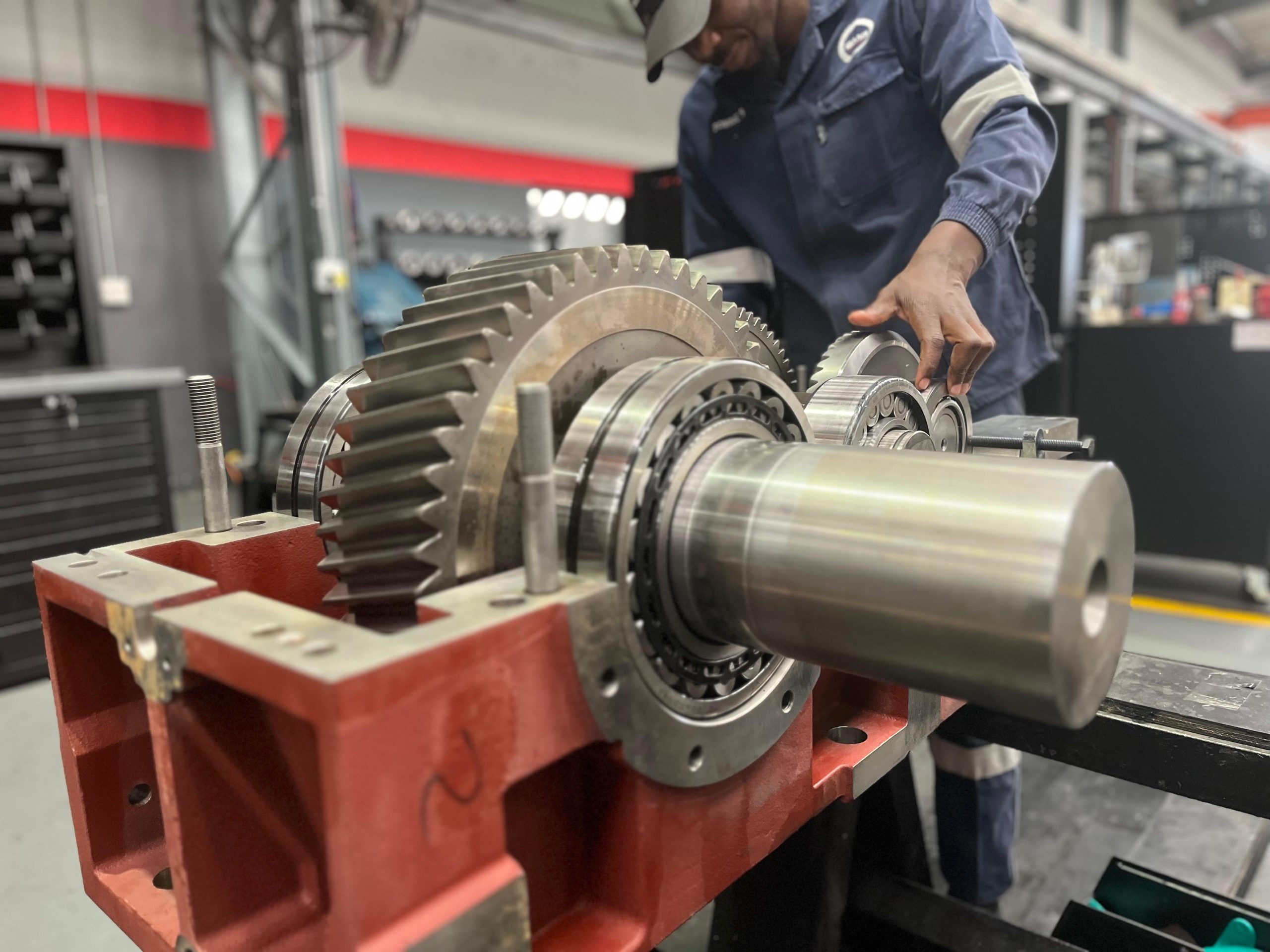Could Covid-19 spark an autonomous revolution in mining?
The Covid-19 pandemic has disrupted mining operations across the globe but, as lockdowns lift and miners adjust to new ways of working, we look at whether coronavirus could be the spark for an autonomous revolution.
At the peak of the Covid-19 pandemic’s worldwide economic and social disruption around early April, analysis by GlobalData showed that more than 1,600 mines worldwide had been temporarily suspended. While companies have remained coy on the extent to which this has affected production, the larger picture is slowly being filled in: Fernando Alanis, the head of Camimex, Mexico’s mining chamber, estimated that mining output in the country is likely to fall by around 17% in 2020; Coal India reported an 11.2% decline in production in May 2020 compared with May 2019, and Minerals Council South Africa CEO Roger Baxter said that mining output in the country is likely to fall by 8- 10% this year.
Concerns have been raised that mines could be potential hotbeds for new outbreaks of the disease due to the close proximity miners work in, with significant outbreaks among Polish coal miners in the mining region of Silesia showing that regular mining operations will be difficult to resume in a safe capacity.
Automation in the spotlight
Automation and remote mining are not new ideas – the first major foray into the technologies came with Rio Tinto’s Mine of the Future project back in 2008 – but they are ideas that are likely to be accelerated in the mining industry’s post-pandemic future.
“Had these technologies been in place we may not have been required to close a mine as a result of the pandemic – as was the case with our South Deep mine in South Africa,” said Gold Fields vice president of corporate affairs Sven Lunsche.
“Operating machinery remotely is physical distancing at its most extreme, as it ensures that our people can operate machinery away from their colleagues and away from working areas where they are most at risk.”
Resolute Mining, operators of the world’s first fully autonomous gold mine – Syama, in Mali – confirmed that operations at the mine had been unaffected, and production was still in line with expectations.
Gold Fields CEO Nick Holland, who has been an advocate of automated innovations in mining, says that: “In terms of technology, the Covid-19 crisis will undoubtedly help to accelerate mechanisation, automation, and digitisation of the mining industry.”
Holland acknowledged that new technologies will require new skill sets among the company’s workforce, but, “where possible”, Gold Fields will retrain its employees to work with the new technologies.
“In the long-term it will undoubtedly lead to lower staffing levels at most mines.” Holland said.
Remote mining operations are perhaps most prominent in the Pilbara region of Australia, where companies including Rio Tinto and Fortescue Metals have implemented automated processes that are overseen at remote operations centres in Perth, around 1,200km away. Gold Fields has been in the process of implementing remote-control systems for its underground machinery across its Australian operations, operated at surface-level control centres.
SAP South Africa industry advisor Shabir Ahmed said that mining companies will be looking at a range of technologies in response to Covid-19, both in their corporate activities – attested to by the rise of Zoom, Slack, and other virtual collaboration tools – and at their operational sites, with particular attention being paid to control centres equipped with advanced digital and analytical capabilities. Ahmed went further: “Advanced technologies such as artificial intelligence and machine learning may also form part of this powerful arsenal of digital technologies, aimed at enabling key decision makers to monitor, track, and respond to possible business disruptions in real time.”
Analytics technologies can be a boost to efficiency in mines, essentially digitising and automating various safety processes that would typically need to be manually monitored on location.
“Digitisation is also being implemented at our Australian mines,” Lunsche said of Gold Fields’ moves towards remote mining. “We use sensors and machinery to provide us with live data of the ore body we are mining. This, for example, allows us to place explosive charges in drill holes where they are most effective, rather than relying on the experience of a drill operator.”
The benefits are not limited to pandemics
While the benefits of autonomous and remote mining technologies have perhaps never been more prescient than in 2020, when miners have been forced to sacrifice production output to curb the spread of a highly infectious disease, the benefits of these technologies are wide ranging.
“Above all, the benefits are safety related,” Lunsche said. “At underground mines, rock bursts are one of the main reasons for serious injuries and fatalities. Remote mining removes people from the rock face.”
“There are clearly also productivity and thus cost benefits. Our ultimate goal is to be able to operate machinery continuously for 22 hours a day… at the moment the hours are much less than that,” Lunsche said.
Autonomous machinery can be programmed to complete certain processes, like driverless haul trucks moving material from one location to another. While activities such as these can be performed relatively safely by human operators, there always remains an element of human risk – a brief lapse in judgement could result in an accident. Machines are more predictable, and can repeat the same task identically. The predictability factor means hazards can be better identified and neutralised, but also means that the machines can operate with relatively little oversight.
Aside from the cost benefit, automation may also bring benefits to the workforce themselves.
Ahmed explained: “There is also an improved work-life balance, improved diversity of hiring, for example the opportunity to hire people with disabilities or implement more family-oriented strategies. Mining companies may also be able to tap into a new resource pool of people who would be interested in working in the mining industry if it was environmentally cleaner.
Most mines are retrofitted to use automated technologies but as the equipment becomes more widespread, efficiencies may also be found in how mines are designed and built – much like the purpose-built autonomous mine at Syama. As Ahmed explains: “Automation enables more efficient mine design and processes such as more efficient scheduling and traffic management of both people and machines.”
Barriers to automation
Despite the benefits that autonomous and remote technologies can bring for mining companies, there remain barriers to implementation. The Pilbara region of Western Australia can be considered a focal point of innovation in the sector, but this is largely due to the high number of open-cut mines in the region, which are easier to deploy autonomous machinery or digital networks in.
For underground mines, difficulties around signal strength – and therefore connectivity – at depth can make autonomous systems impractical to implement. While Syama is an underground operation, a fibre-optic network was deployed through the mine, ensuring that all autonomous systems have constant contact with the control centres on the surface.
Gold Fields has been trialling a tele-remote loading project with automation specialist RCT. While the company is exploring potential avenues to expand its remote technologies, Luncshe acknowledges this isn’t universally practicable: “The challenges with remote loading centres are around interactions with other equipment and, most importantly, people. When operating the tele-remote machine the whole area has to be barricaded, isolated, and protected by laser barriers, which, if breached, force the machine to stop automatically. This will limit the application to areas which we can isolate.”
Because of the unique properties of individual mines, there is no one-size-fits-all solution, and automation providers such as RCT, Epiroc, or Sandvik work with mining companies to tailor systems.
“Management teams must realise that tech-enabled transformation is a journey unique to every company and mine, not a one-off application of use cases,” Ahmed said. “There are no silver bullets, and no one list of technologies that every company should implement. There will be hundreds, and ultimately thousands, of ideas, improvements, and use cases. A company should start by identifying a use case that will provide a high return on investment.”
Lunsche is optimistic about the future of autonomous systems in the mining industry, however: “Introducing new ways of working is normally gradual not overnight. At the moment, economies of scale still favour traditional mines but we are starting to see the time when autonomous mining will be an inevitable course of action for most miners. It’s difficult to pinpoint the exact time but we are looking at years not decades.”
Share this content:















Post Comment